A 1,100-year-old Tanach, one of the world’s oldest surviving manuscripts of the Torah, sold for $38 million in New York on Wednesday. Chabad researchers noted something unique about the book.
By Anash.org reporter
The Codex Sassoon, a 1,100-year-old Tanach that is the earliest known complete Tanach manuscript, sold on auction for $38 million on Wednesday, becoming the most valuable manuscript sold at auction.
The codex is the world’s oldest nearly complete copy of the Tanach. It was handwritten roughly 1,100 years ago on 792 pages of sheepskin, includes all 24 sifrei Tanach and is missing only about eight pages. Its writing and layout recall those of Torah scrolls read in shul.
Just a handful of buyers competed for the book, which was auctioned by Sotheby’s in New York, and the auction took less than six minutes. Ahead of the auction, Sotheby’s estimated that the item would sell for anywhere from $30 million to $50 million. The “gavel price” was $33.5 million, but with fees and premiums, the final price tag reached $38.1 million.
Alfred H. Moses, a former U.S. ambassador to Romania and active member of the Georgetown Jewish community, and his family purchased the Hebrew manuscript on behalf of Tel Aviv’s ANU–Museum of the Jewish People, and gifted it to the museum, according to a press release from the auction house. Moses is chair of the museum’s international board of governors.
“In Codex Sassoon, a monumental transformation in the history of the Hebrew Bible is revealed, bringing to light the full story of the Hebrew Bible that had previously never been presented in book form,” Sharon Mintz, a senios specialist in Judaica at Sotheby’s, said in a statement. “Codex Sassoon marks a critical turning point in how we perceive the history of the Divine word across thousands of years, and is a transformative witness to how the Hebrew Bible has influenced the pillars of civilisation–art, culture, law, politics—for centuries.”
One of the most significant aspects of the Codex is that it contains faithful notes of the Masorah, commentary that ensures the biblical text’s proper inscription and recitation. One such note refers to “the great teacher, Aaron ben Moses ben Asher” and his work on al-taj, the traditional honorific of the Aleppo Codex, suggesting the Masorete scribe who copied the Masorah of Codex Sassoon may have consulted the revered volume when it resided in Tiberias or Jerusalem in the 10th or 11th century.
Chabad researchers who exaimined the text kept an eye out for an important detail: A single letter in Sefer Devorim, Parshas Ki Tetzei. In perek 23, possuk 2, the Torah says ”לֹא יָבֹא פְצוּעַ דַּכָּא וּכְרוּת שָׁפְכָה בִּקְהַל ה’.” The word דכא is one that has been subject to debate for centuries: Is it supposed to be spelled with an Alef, as above, or with a Hey – דכה?
The nusach of Teiman and the early Ashkenazi nusach spelled the word with an Alef. Many Sefardi nuschaos and the later Ashkenazi nusach spell it with a Hey. Until today, some Sifrei Torah have it one way, others the second.
The Rebbeim were of the opinion that the word is meant to be spelled with an Alef. The Alter Rebbe’s opinion to that effect was recorded by his brother in Sheeiris Yehuda, and the Frierdiker Rebbe and Rebbe brought proofs to this mesorah based on ancient Sifrei Torah.
In fact, one of the proofs the Rebbe brought to this mesorah was from the Sassoon collection. In Igros Kodesh, letter 1,623, the Rebbe quotes from a list of codexes and manuscripts of Tanach owned by Solomon David Sassoon, son of David Solomon Sassoon the famous collector of Hebrew books and manuscripts. While the Rebbe does not reference the codex sold on Wednesday, which is now known as the ‘Codex Sassoon’, the Rebbe lists 7 other manuscripts as proof to the mesorah.
Interestingly, in a letter dated a month later, one finds a request of the Rebbe to the juinor Sassoon to send him photocopies of the above manuscripts. It would seem that the date on the later letter is mistaken, and it was indeed sent before the above letter.
As in the other Sassoon manuscripts, in the Codex Sassoon as well, one can clearly see that the word דכא is spelled with an Alef, thus adding an aditional proof to the mesorah of the Rebbeim.
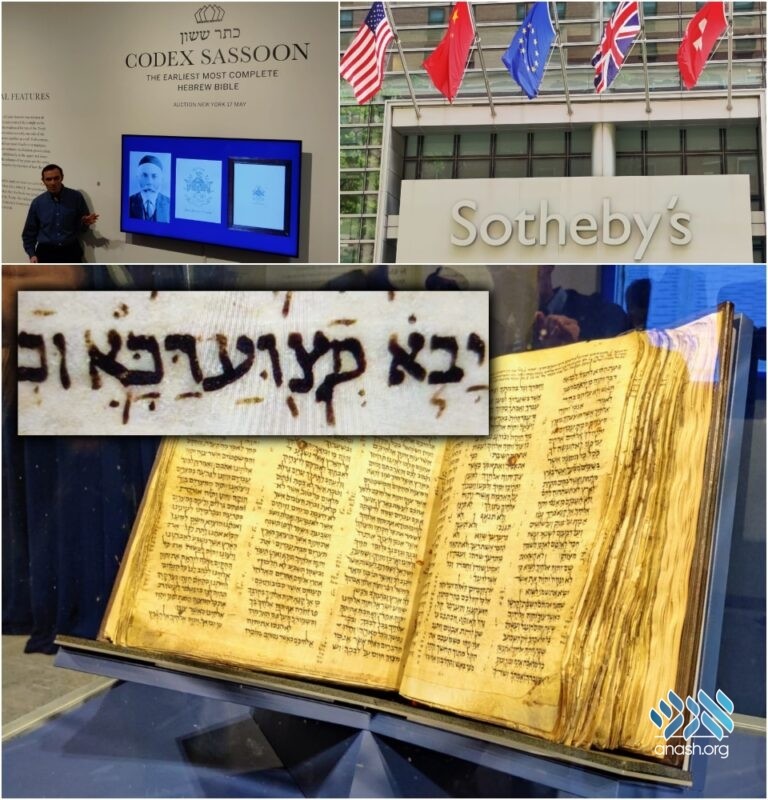



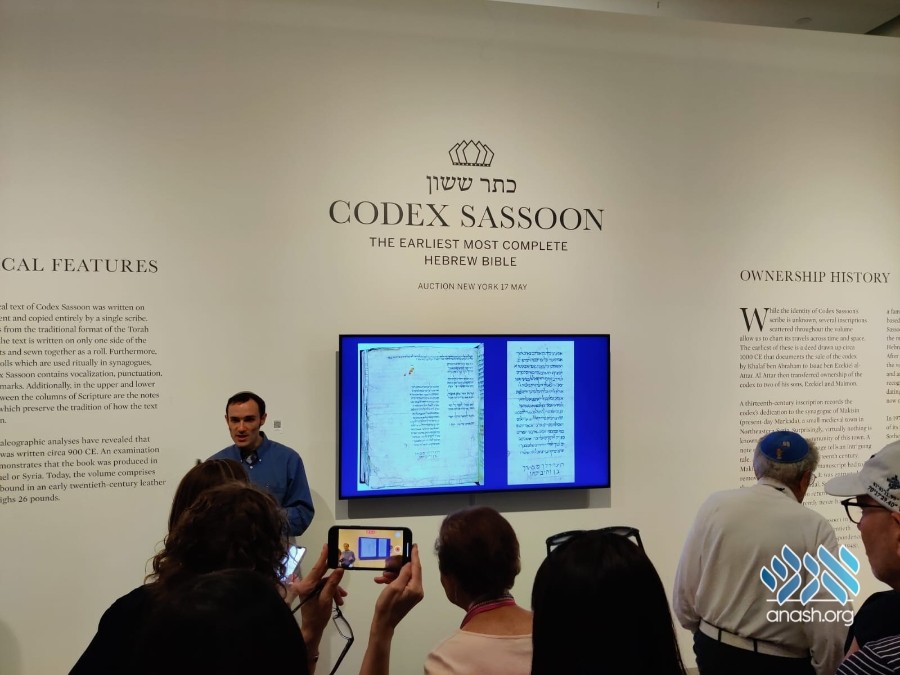
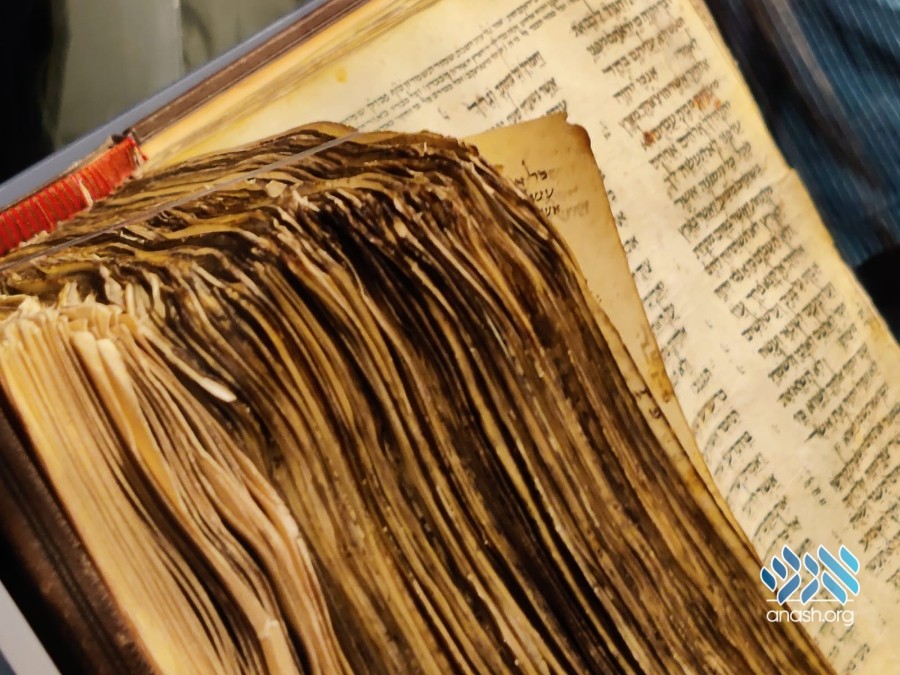


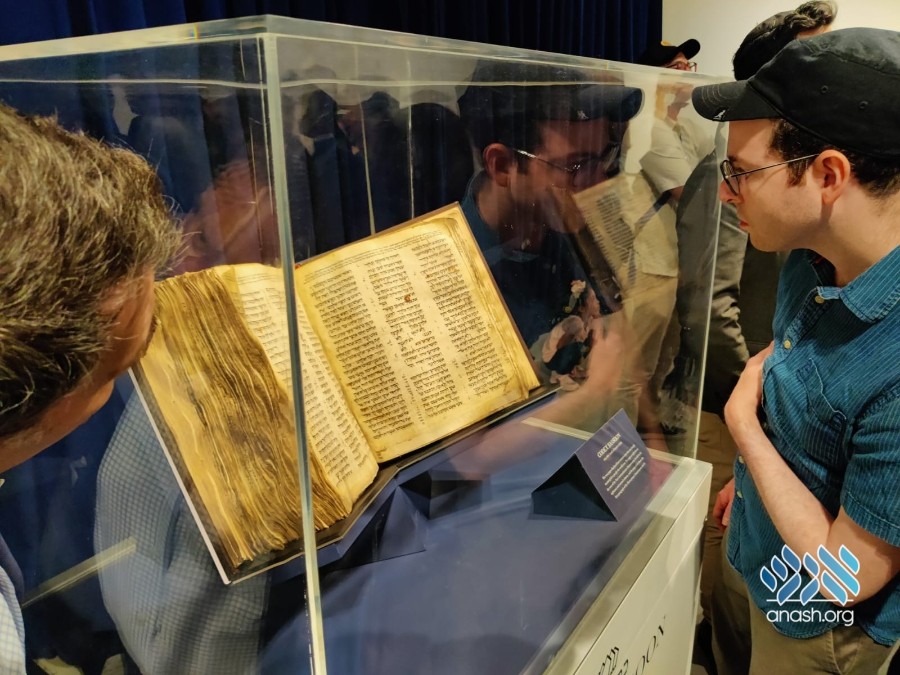

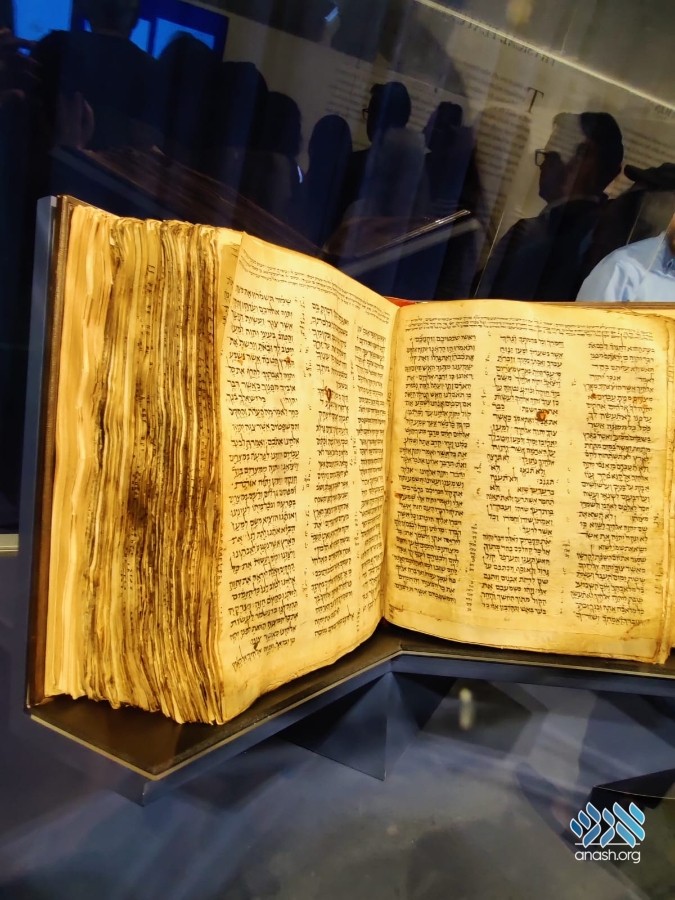
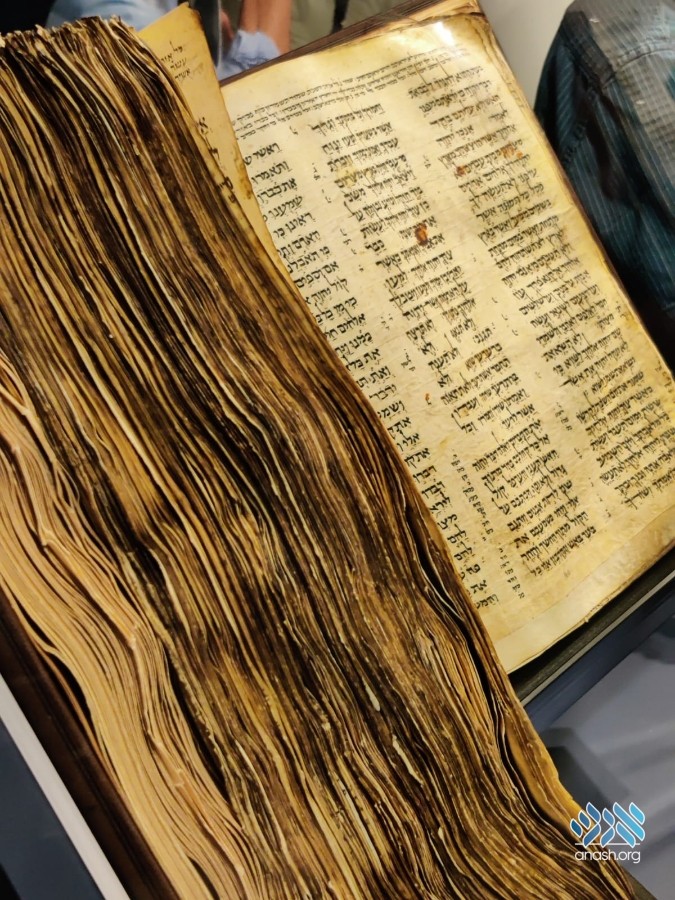
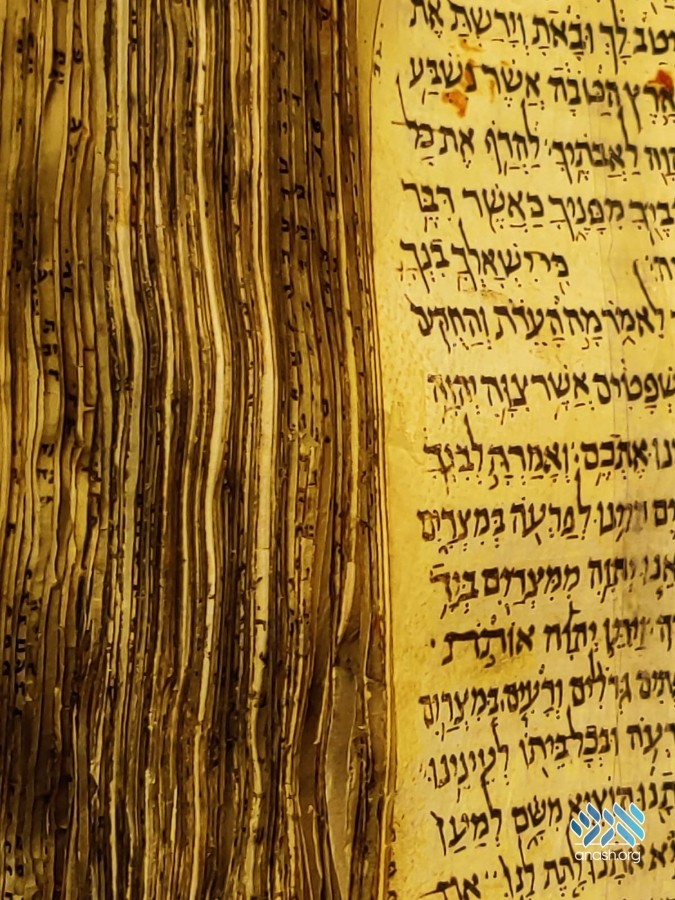

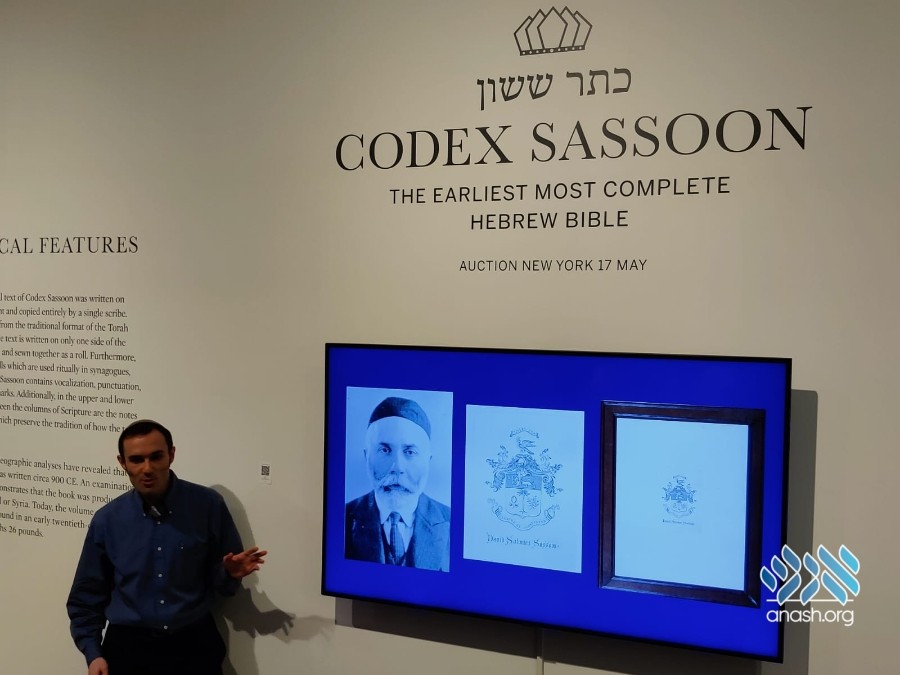
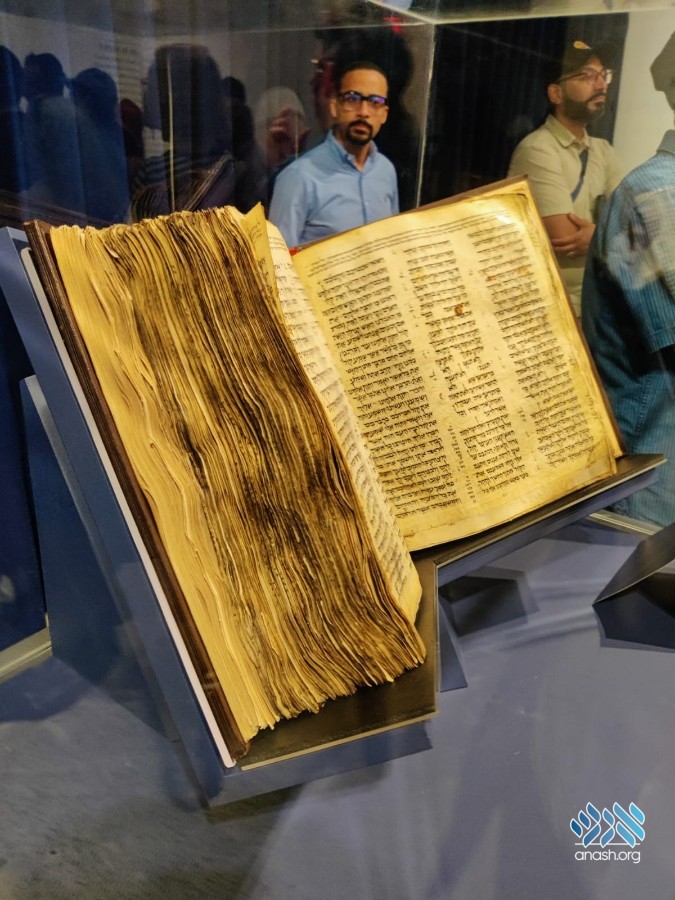


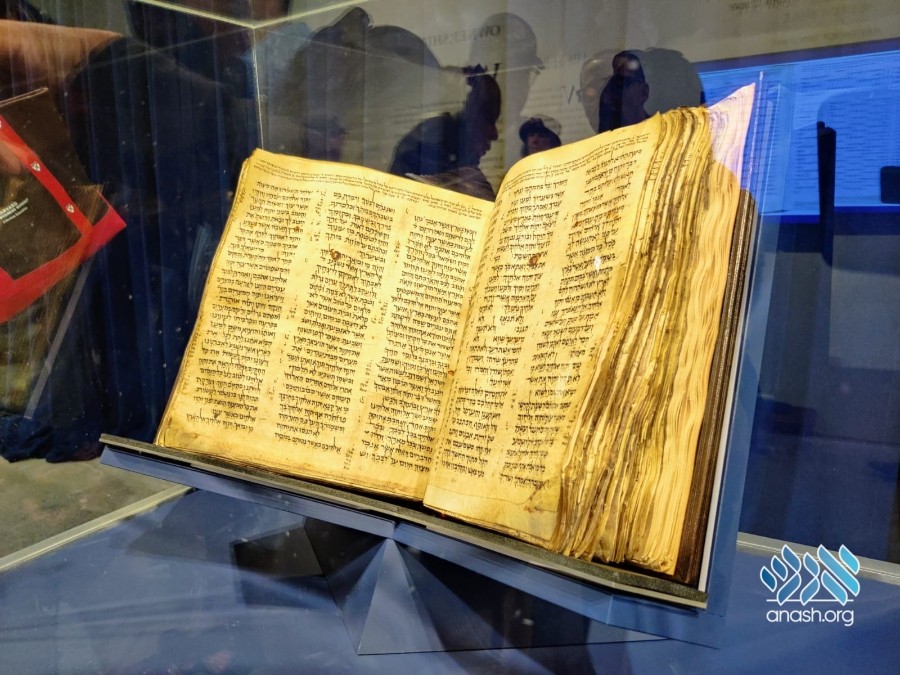
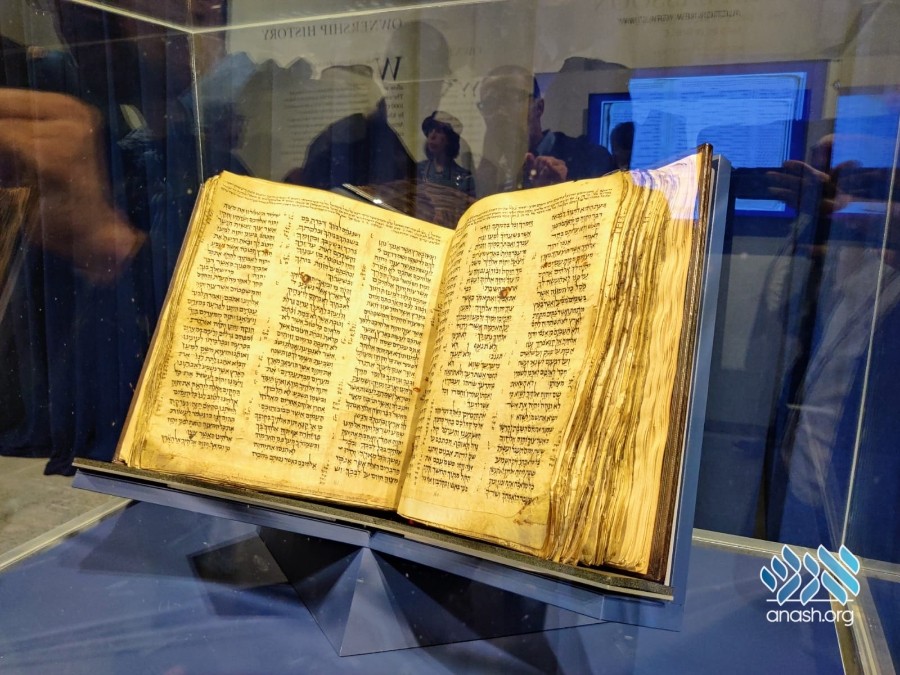


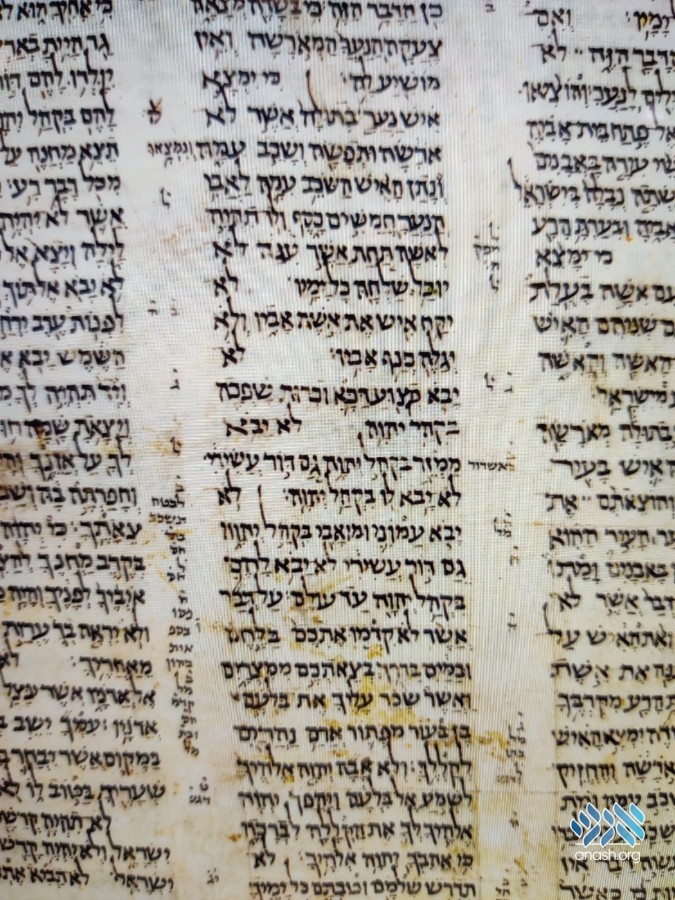
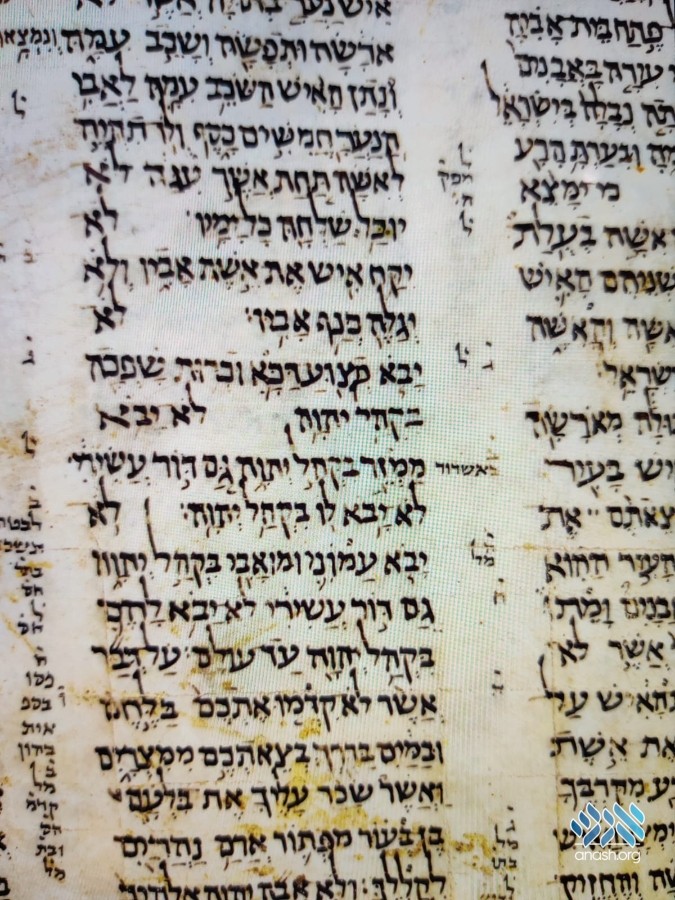
Discussion
We appreciate your feedback. If you have any additional information to contribute to this article, it will be added below.